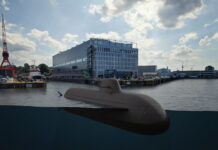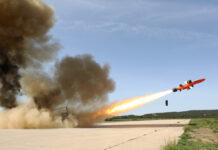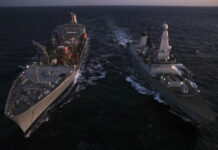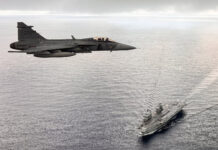MBDA took the opportunity at the Paris Air Show on 21 June 2023 to brief journalists on the remote carrier aspects of its role within the Franco-German-Spanish Next-Generation Weapon System/Future European Combat Air System (NGWS/FCAS) programme.
Jean Judde de Lariviere, head of the FCAS programme within MBDA’s sales and business development team, explained that, while the Next-Generational Fighter (NGF), for which Dassault is the prime contractor, is the backbone of the FCAS programme, its envisaged ‘Combat Cloud’ and associated unmanned remote carrier vehicles are also vital components. While Airbus is primarily responsible for the programme’s larger remote carriers/‘loyal wingmen’, MBDA is focused on the smaller expendable remote carriers (ERCs).
Noting that Western air forces are now “very challenged on their ability to maintain air superiority”, De Lariviere said they are now “preparing how to regain this air superiority, how to maintain it”.
Regarding the company’s ERC work, De Lariviere said, “Why was MBDA selected for that? [Because] we are the masters of effects. You can have an aircraft, you can have a ship, but at the end what counts is the effects that you produce on the enemy. Most people will have in mind that the effect produced is done with a warhead, but that’s not the only one; there is more than that.”
Connectivity among all the FCAS air assets will be one of the programme’s main game changers, said De Lariviere, adding, “The next step is to connect all the effectors, and that is what we are doing.”
ERCs, he said, will be used at the edge of the contested area of the battlespace, either alone or alternatively as a pack, to regain air superiority, either permanently or for the duration of a mission.
“There are three kinds of effect we will produce on the enemy,” De Lariviere explained. “The first of these is decreasing the enemy’s situational awareness; the purpose of what we do is not only to engage the enemy; the purpose is to make sure they don’t understand what we are doing.”
Secondly “with the ERCs we will do everything possible to increase our situational awareness”, he said, while thirdly “we are engaging the enemy, but not just with fire-and-forget [weapons] … you talk to the effector as the effector is flying. The effector is carrying a sensor, gathering information at the centre of the enemy defences.”
De Lariviere noted that achieving combat mass “is very important; we need to saturate the enemy”, while an additional effect will be confusion.
“It will quite challenging for the enemy to understand ‘What is this stuff doing there? Is it jamming? Is it trying to detect me? Is it a weapon? Do I need to shoot him? What is my reaction?’ They don’t know,” he said. “They don’t understand what it is.”
Grégoire Faron, MBDA’s programme manager for the FCAS programme, explained that, in co-operation with partners in Spain and Germany, MBDA is developing a full-scale ERC demonstrator under Phase 1B of the FCAS programme, for which the company will be the design authority. This will be used to de-risk and mature the required technologies before Phase 2 of the FCAS programme, which will see the ERC demonstrator flown in 2029. A full operational capability for the ERCs and the FCAS programme as a whole is likely to materialise in the 2040s.
The ERC is envisaged as an air vehicle around 4 m long and weighing around 400 kg that will have an endurance of around an hour and be launchable from a fighter. However, De Lariviere noted that whether ERCs need to be carried within the internal weapon bay of the NGF, which would limit their size and thus their performance, is yet to be determined.
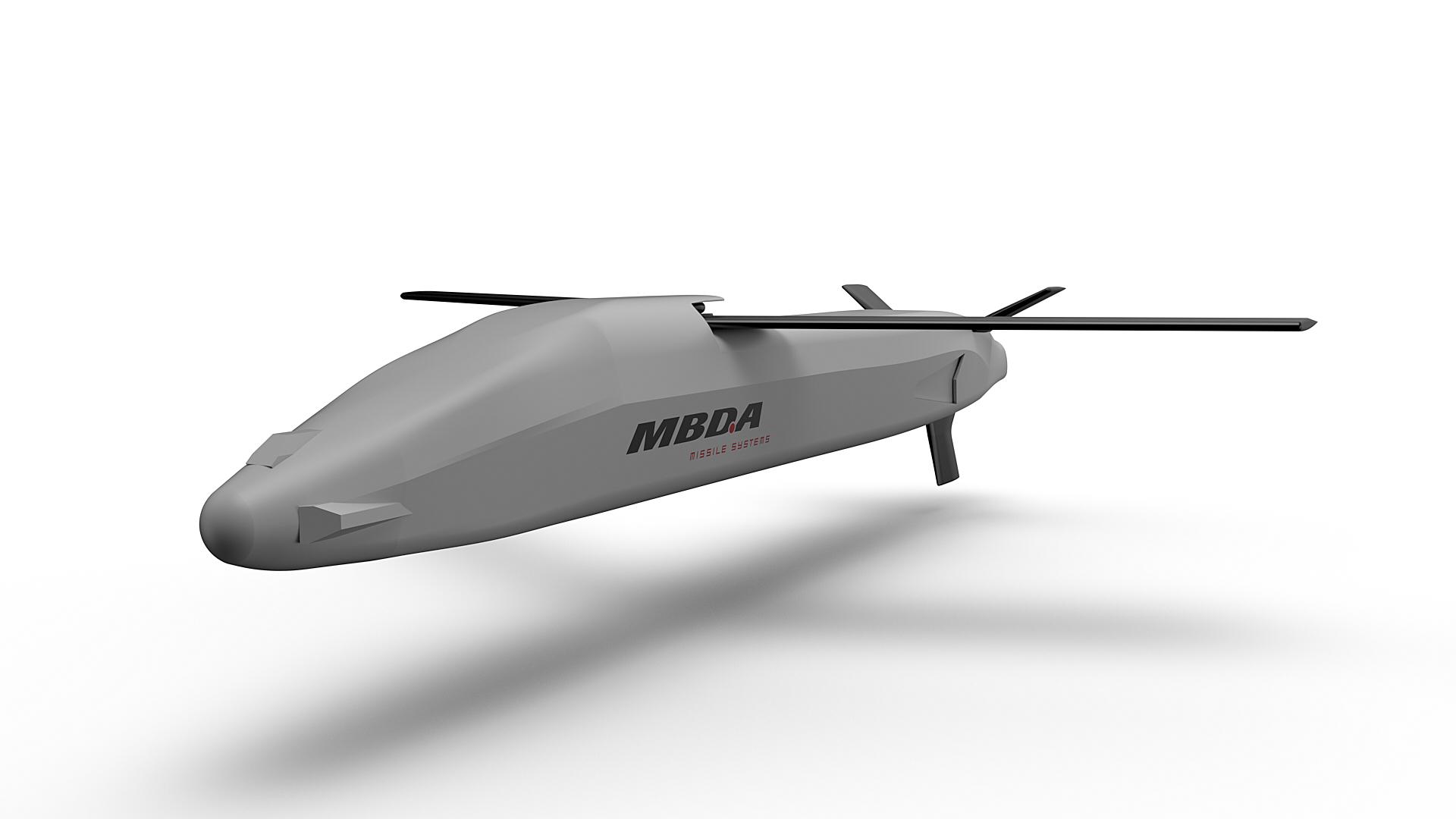
The ERC, Faron said, will be designed to fly like an aircraft, with a very large subsonic operating envelope, and will feature a compact and modular design to accommodate a variety of payloads. These will facilitate missions such as operating as a decoy, jammer, communications relay, or target detection and identification platform while maintaining full interoperability with the other FCAS assets, such as the NGF and larger remote carriers/‘loyal wingmen’, to collaborate with those platforms as part of the overall air package.
A vital attribute of the ERC, said Faron, will be its ability to follow the fighters, thus driving the requirement for a very agile airframe. At the same time, he added, the compactness and modularity of the ERC will be key, given the variety of payloads it will be expected to carry.
De Lariviere noted that the ERCs will be launchable from a variety of platforms, as opposed to just aircraft – possibly even from the larger ‘loyal wingman’ platforms – and that the relative stealth of the ERCs will need to be flexible. “Do we want to be seen or not seen? Sometimes we want to be seen; we will play with that,” he said. ERCs, he added, provide tactical options.
Lastly, because the ERCs will be expendable, De Lariviere stressed that they will need to be cost-effective in order for combat mass to be achievable.
Peter Felstead







